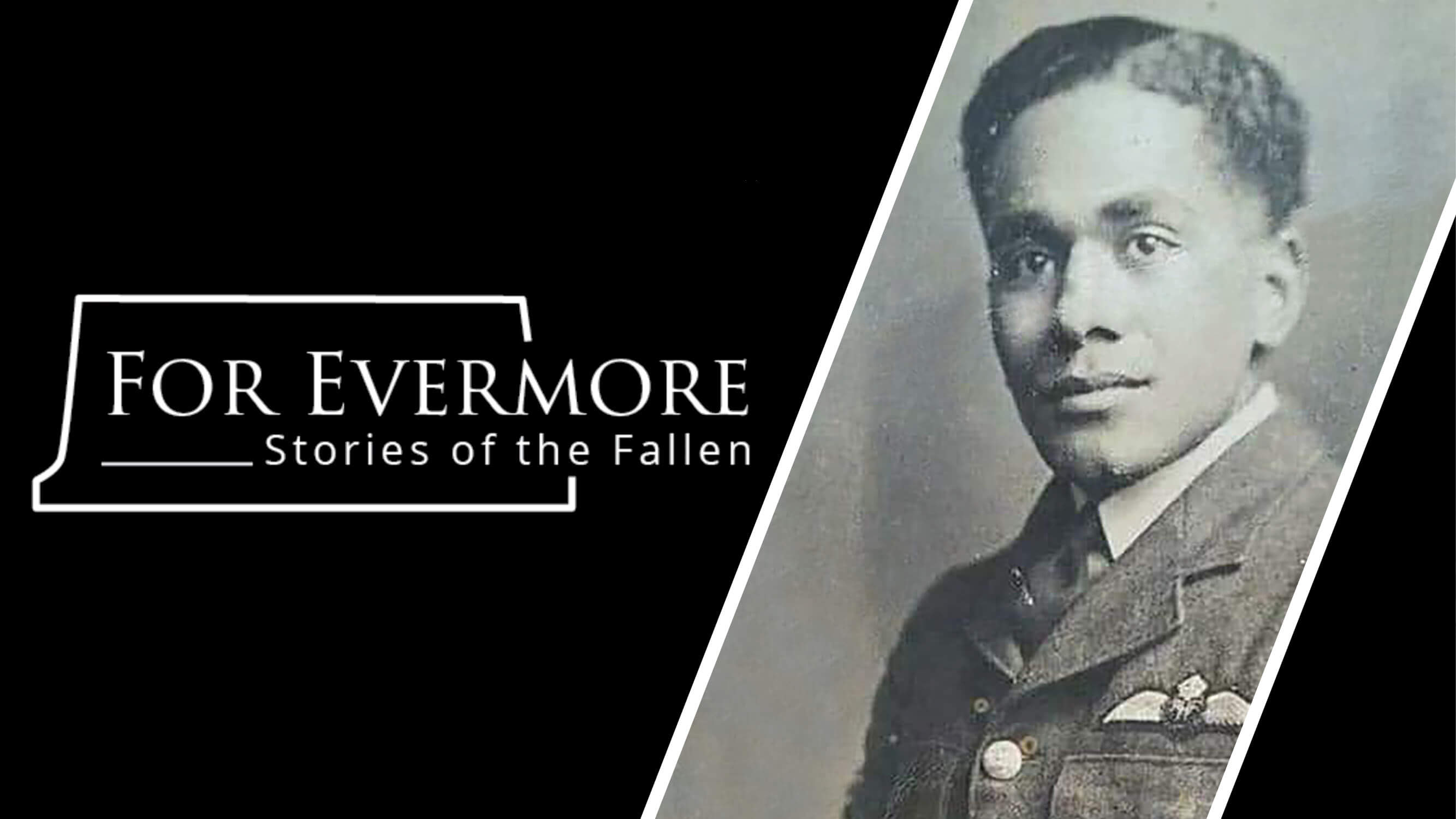10 January 2024
Have you shared a casualty story on For Evermore?
Our new online resource For Evermore is a fantastic way to enshrine the memories of those commemorated by Commonwealth War Graves. Have you uploaded your story yet?
For Evermore
What is For Evermore?
For Evermore: Stories of the Fallen is our online archive of stories of those commemorated by Commonwealth War Graves.
The project was developed and launched thanks to the incredible generosity of the Post Office Remembrance Fellowship (PORF).
Thanks to a donation from the PORF, we’ve created a digital portal where people can share the stories of the Commonwealth’s fallen from the World Wars.
This way, we can keep their memories and stories alive forever (or For Evermore!) to ensure their legacy is never forgotten.
The portal is completely open to the public.
So, if you’ve got a story to tell about a family member in our care, or a World War casualty we commemorate whose story you find inspirational, moving or interesting, share it with the world with For Evermore.

Introducing For Evermore: Stories of the Fallen - the exciting new way to read and share stories of the Commonwealth's war dead. Got a story to share? Upload it and preserve their memory for generations to come.
Share and read storiesHow can you upload your story to For Evermore?
Uploading your story to For Evermore is easy. Watch the video below for a step-by-step guide on how to share your story on our online portal.
Help us grow our archive and keep their memories alive by uploading your story today.
How can you find stories on For Evermore?
At the time of writing, we have nearly 2,000 stories on For Evermore – but we’ve made it easy to find and read those that interest you.
We have several browsing options that split the stories into different categories. You can filter your search results by:
- Conflict – Browse stories from the First & Second World Wars
- By Job/Role – Choose from Army, Air Force, Navy, Merchant Marine or Civilian War Dead casualty accounts
- Nationality – British, Australian, Canadian, New Zealand, Indian, South African, and non-Commonwealth
We’ve also created a few themes to group our stories with: - Victoria Cross Holders – Winners of the British military’s highest award for valour
- Pre-war Sportsmen/women – Rugby players, footballers, cricketers and athletes who competed on the track and pitch and fought on the World Wars’ battlefields
- Women at war – From female aviation pioneers to vital nurses, WRENS, WAAFs and more, discover the stories of the women integral to the war effort
- Post Office – Members of the Post Office Regiment who lost their lives in the Great War
- Art & Literature – Learn of the great painters, poets, writers and musicians who served and sadly fell during the World Wars
A selection of interesting stories from For Evermore
Lieutenant George Albert Cairns VC
 Image: George Albert Cairns VC
Image: George Albert Cairns VC
Victoria Cross holders’ stories are by definition extraordinary. To be nominated for one, a serviceman or woman often displays courage, determination, and a lack of regard for their personal safety over their comrades that goes far beyond the norm.
Lieutenant George Albert Cairns’ tale is one of the more remarkable VC stories we have archived on For Evermore.
George was born in Tooting, London in 1913 and was a bank clerk before the outbreak of the Second World War.
He was commissioned into the Army in 1941 and eventually was posted to serve in India to serve with the long-range patrolmen of the Chindits.
The Chindits were tasked with daring long-distance raids into the Japanese jungles and headlands of Burma (present-day Myanmar).
While on patrol as part of Operation Thursday in 1944, George and his unit clashed with a Japanese patrol.
During the battle, George faced a Japanese officer armed with a sword, who cut off George’s left arm. George managed to overcome his foe, picked up the sword and continued to lead his men, killing and wounding several Japanese soldiers before collapsing.
He was 30 years old.
You may think this would be enough, but the story of how George was eventually posthumously awarded a Victoria Cross is more complicated than it appears.
To find out the whole story, be sure to read George’s entry on For Evermore to learn more!
Second Lieutenant Edwin Cecil Christmas
 Image: Edwin Cecil Christmas in his St Mary's Football Club kit
Image: Edwin Cecil Christmas in his St Mary's Football Club kit
Reading and archiving family stories and ensuring the memory of the service person in question is one of the reasons why we created For Evermore.
In this instance, we were particularly moved by the tale of Second Lieutenant Edwin Cecil Christmas, great-uncle to For Evermore contributor Christine M Cocks.
Born in 1886, Cecil was a talented sportsman from his time at Banister Court School. The local newspaper and school magazine variously reported Cecil’s skills at football, cricket, gymnastics, and fives (a kind of combination of handball and squash).
After school, Cecil continued his sporting career. He batted for Deanery Cricket Club and also played football for St. Mary’s Football Club, which would become Southampton FC, one of the most popular clubs in England.
Cecil played as an Amateur with St Mary’s from 1908 but his playing career was cut short by the death of his mother in 1910 and his father in 1911. With his brother, Cecil took over the family hotel, the Shirley Hotel, in Southampton.
Come the outbreak of the First World War, young men like Cecil enlisted in their hundreds of thousands. In 1915, Cecil joined the British Army and by 1916 was serving in France as a Second Lieutenant with the King’s Royal Rifle Corps.
Tragically, Cecil would never return to England nor play football or cricket again. He was killed on 7 October 1916 in the later stages of the Battle of the Somme.
His body was never found and so Cecil is commemorated with over 72,000 of his comrades on the Thiepval Memorial.
Head to For Evermore to read Cecil’s full story.
A big thank you to Christine for taking the time to write up and share this intriguing and moving account of her great-uncle’s life.
Nursing Sister Caroline Maud Edwards
 Image: Caroline Maud Edwards in her nurse's uniform (© IWM)
Image: Caroline Maud Edwards in her nurse's uniform (© IWM)
Vicent Stuart has written the story of Caroline Maud Edwards, a nursing sister who tragically lost her life alongside many other souls in the Cromarty Disaster, for For Evermore.
Caroline was born in Llanharry, Glamorganshire in 1887 and appears to have been a bright spark, winning several scholarships at Monmouth High School. She later entered Bedford College for higher education, before taking up work as a nurse at the London General Hospital.
Caroline volunteered for the Queen Alexandra’s Royal Navy Nursing Service on the outbreak of the First World War seeing service at the Royal Naval Hospital Haslar and also at the military hospital at Osborne on the Isle of Wight.
She was eventually transferred to the hospital ship Drina on 18 August 1915.
On the night of 30 December 1915, Drina was berthed in Cromarty Firth on Scotland’s northeast coast alongside the armoured cruiser HMS Natal.
Natal’s captain, Eric Back, invited numerous guests aboard his ship for an evening film party, with his wife and children, officer’s families, and the nurses from Drina all in attendance, including Caroline.
The party had just begun when a huge explosion rocked Natal, tearing through the rear of the ship, and causing it to sink. Natal sank within five minutes resulting in the deaths of 422 crew and visitors.
Caroline was sadly amongst those who lost their lives in this terrible tragedy.
To learn more about Caroline, read her entry on For Evermore.
Support the Commonwealth War Graves Foundation and projects like For Evermore
For Evermore and our projects all serve our charity’s core message: preserving and sharing the stories and memories of the Commonwealth’s war dead so their sacrifice is never forgotten.
We rely on the generosity of incredible benefactors to do what we do.
With your help, we can continue to explore new initiatives and spread the info on the work of Commonwealth War Graves and keep the memories of those in our care alive for future generations to remember.
Please support us with a donation or better yet a CWGF membership so we can continue our important work.


